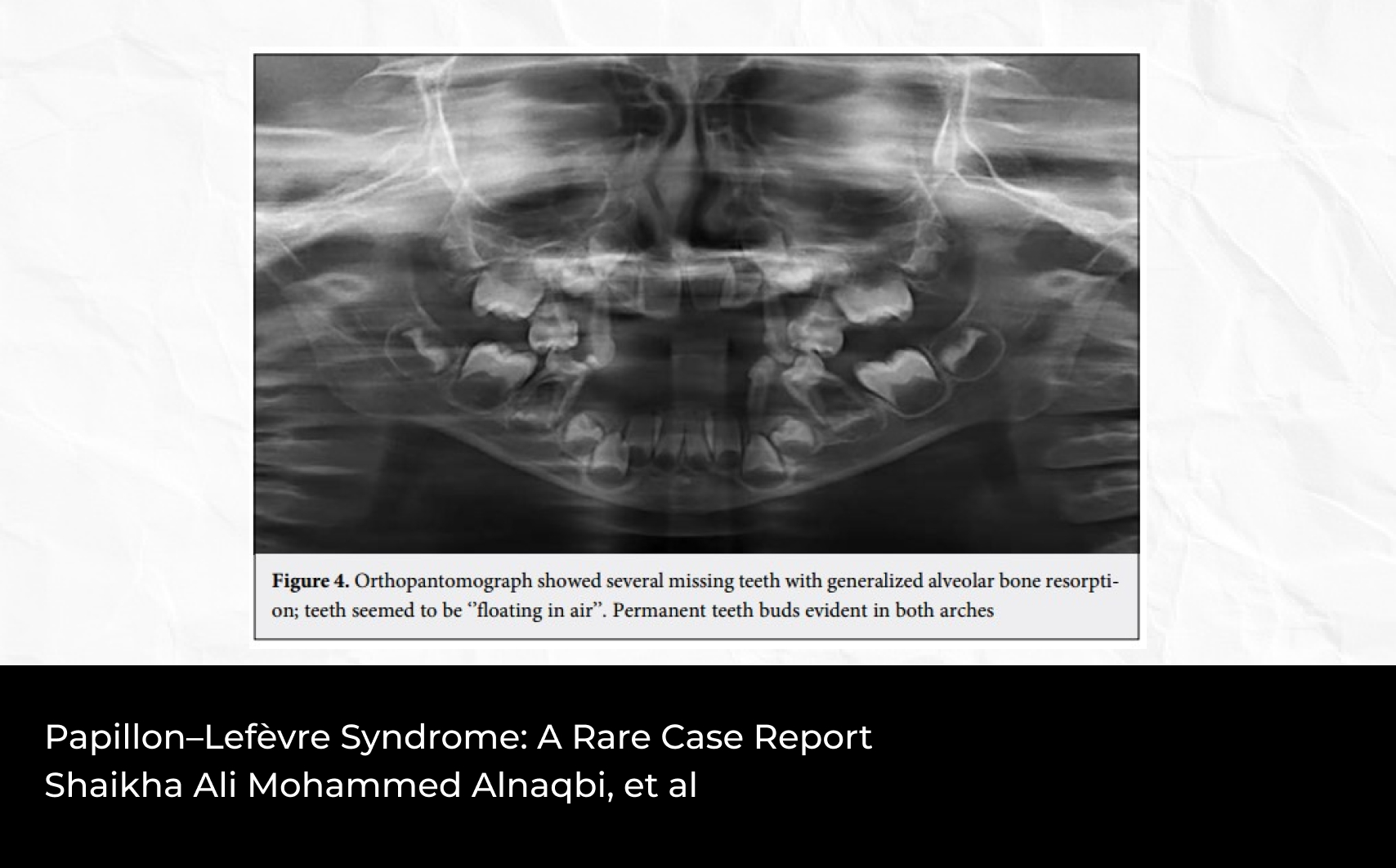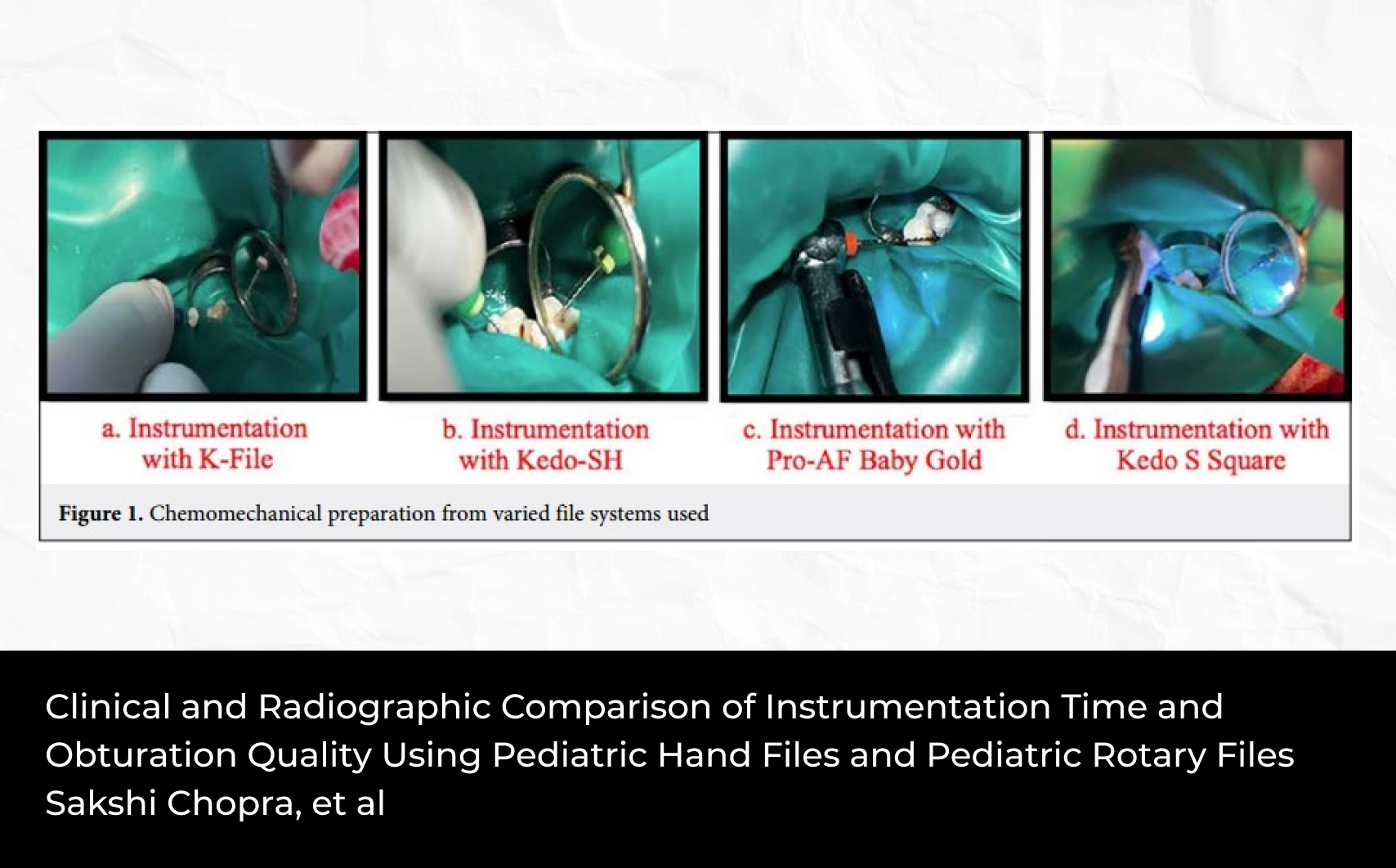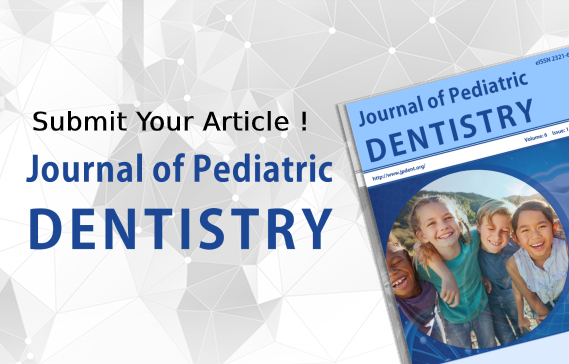2Department of Pathology, School of Medicine, Isfahan University of Medical Sciences
3Doctor of Veterinary Medicine (DVM), Torabinejad Dental Research Center, School of Dentistry, Isfahan University of Medical Sciences
4Student Research Committee, School of Dentistry, Isfahan University of Medical Sciences, Isfahan, Iran
Abstract
The aim of this study was to compare the outcomes of pulpotomy of deciduous teeth in dogs with the use of formocresol, Gutta-percha, and mineral trioxide aggregate (MTA). In this experimental study, 24 deciduous premolar teeth, without internal and external resorption, in two hybrid Iranian dogs, aged 6-8 weeks, were divided into 3 groups, using a simple random technique. In the three study groups, diluted Buckley formocresol, Gutta-percha, and MTA were placed on canal orifi ces, respectively, and the crowns were restored with zinc oxide eugenol paste and glass ionomer. The teeth underwent a radiographic procedure and extracted after 1-month. The histological samples were evaluated in relation to infl ammatory reactions and formation of a hard tissue barrier. Data were analyzed with SPSS version 20 (SPSS Inc., Chicago IL, USA), using ANOVA, ANCOVA, Kruskal–Wallis test, and Spearman’s correlation coeffi cient (α = 0.05). Kruskal–Wallis test did not reveal any significant differences in clinical signs between the study groups at 2-week interval (P = 0.416) and clinical and radiographic signs 1-month after application of the materials (P = 0.503 and P = 0.122, respectively). ANCOVA did not reveal any signifi cant differences in grading between the groups over time (P = 0.927). There were no differences between materials in the clinical, radiographic, and histological outcomes.














